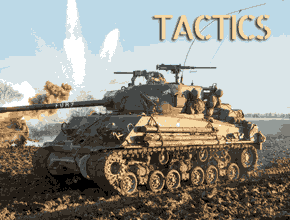Development of the Crusader Gun Tractor
The Crusader gun tractor came out of a need for a vehicle to tow the heavy 76.2 mm QF 17 pounder anti-tank gun. Trucks had limits with their off-road mobility, and this a half-track, or better a fully tracked vehicle was preferred in many situations. On the other hand, the British Army still had many Crusader Tanks Mk.II and Mk.III in inventory, with their older turret ring supporting only the 2-pdr gun or the larger 6-pdr, but by late 1943 they had proved their limits. Many tanks were just mothballed and crews joined newly buuilt units with better tanks, mostly equipped with various Marks of the Sherman.On the other hand, By 1943, the 17-pounder was entering widespread service. It was powerful, but at 3 tons, cumbersome to tow with soft-skinned trucks, especially in forward combat areas. The heavy trucks capable of towing it was in huge demand for ot or other ordnance, like medium to large field guns, so the Army was a bit short of tractors. The M5 Halftrack was also available via lend-lease in larger quantities, but not enoygh to fill all the needs for tractors. To solve this, the British repurposed now obsolete, parked Crusader cruiser tanks, phased out as frontline tanks into armored gun tractors, killing two birds with one stone.
Thus the idea of the "Crusader Gun Tower" was initially proposed by the DCIGS war office by June 1943, followed by reunions with the ministry of supply, DRA and Directorate of the Infantry and Nuffield engineers were also consulted, fodens was ordered the first prototype, Ruston Bucyrus a further five, for a final "production" (conversion) by Ruston & Hornsby with 600 vehicles on order. All had been, and were still involved with the production of the Crusader. But it took until March 1944 to have the first off the line.
The Base vehicle was Crusader Mk II and III cruiser tanks, the latter originally armed with a 6-pdr. For the conversion, the turret was removed, the whole dekc was cut out, the side storage bins eliminated and a new superstructure built over the turret ring to form a cab for the crew. The space inside was large enough for a driver, co-driver (gun commander) and with seats for the gun crew (6–7 men) plus entrenching equipment and ammunition. The rear deck notably was adapted to tow the 17-pdr and carry extra ammunition or supplies.
The solution offered several adavantages. It repurposed hulls that were already fitted with armor for a frontline use unlike units using truck-towed guns, retained thus an excellent overall protection albeit light, just against small-arms and shell splinter. Mobility was good as it used the same original Christie suspension and Liberty engine as the original Crusader, giving good cross-country performance, especially as the large roadwheels were close together. The only issue was the original narrow track. So it was mobile, protected the crew unlike soft-skinned trucks, kept the gun crew close to their weapon and a protected retreat vehicle, with a good mobility across rough terrain.

WW2 Colourised Photos - Cruiser A15, Mk VI Crusader Mk. III "Duntocher" (T 126678) gun tractor of the 91st A/T Regt. 5th Btn Argyll & Sutherland
However the gun tractor was criticized as provuding still limited space inside and in general these tanks, not only were often worn out after sometimes 3 years of combat, and on top, mechanically less reliable than newer vehicles. Plus there were never enough to fully replace trucks like the AEC Matador or Canadian CMP tractors, so they only went to selected units. Production is debated another topic, as if overall, production reached 5,464 tanks, this was split between all variants. The vehicle was ready in early 1944 and entered service in April-May, right on time for the Northwest Europe Operations. It was used by British and Commonwealth anti-tank regiments to support 17-pdr batteries. So in service from May 1944 to May 1945 and quickly phased out as surplus.
Design of the Crusader Gun Tractor Mk I
Crusader tank hull with a simple boxy superstructure replacing that of the gun tank. The 14 mm thick structure protected the driver and the gun crew of six. The tractor also carried ammunition on the rear and within the crew area. The final result was nearly as heavy as the gun tank, but it was still capable of high speed and was officially limited to 27 mph (43 km/h) and this was still hard on the towed 17 pounder gun. The vehicle underwent 40 modifications used for later Marks of the Crusader and standardized. Minor revisions were ported on seals, gaskets, pipe runs and all to fight off leaks and improve overall reliability. There was also a new bevel gear fan drive, and bigger air cleaners, unique to this variant, and placed in better positions. Life mileage also grew from 1200 to 2800 miles in tests, so doubling. So overall, apart from mistreatment by the crew, the Crusader Gun Carrier was overall a much more reliable vehicle.To describe the vehicle, the whole chassis was kept, but the full deck, from the nose up to the tail of the gun deck was replaced and tailored. Former hatches were kept, and the engine occupied about 2/5 of the rear section with large air cleaners and pumps protected by two outer ammunition lockers. The latter were partition to carry AP, APC, APCB, APCBC or HE rounds, or a mix of those. This intermediate space could be used to store extra "stuff" like personal gear, or ammunition when deployed, and there was a spare tyre for the 17-pdr gun (for off-road fast towing runs), locked in place in a bracket. The lifting jack was also stored there.
The vehicle of course had a dedicated towing hook a the tail, described as a "sprung towing attachment", as it was bolted on a suspended piece by a leaf spring behind, across the back deck. It's height can also be adjusted, a crucial feature for towing the 17-pdr on all terrains. The original tanks side walkways/mudguards were kept, but the storage bins removed to make way for a wider compartment. The end of both had two open srorage space for five jerrycans each or, originally, four 2-gallons water cans. On the left end was located a small first aid box and outfit.
About 3/5 forward was occupied by the crew compartment, and past the nose, a sloped front plate was punctuated by two folding armoured shutters at different levels for the driver and co-driver, that sat a bit below the main deck forward. They were completely protected. Access for all was from the two sliding doors on either sides, after cimbing on the walkways. Then came the main deck, with floor hatches to store more ammunition. The crew of six faced each others, seated on two benches doubling as storage space for their gear. two hand extinguishers using methyl bromide were provided at the back of the ammunition lockers.
These walls were of limited height, protecting the seated men up to their helmets from horizontal fire, but the vehicles were still open topped, so vulnerable to shrapnels. There were a set of arches however that can be covered by a tarpaulin and protect the crew. On the latter topic, there were enough storage of strapping to hold a Bren Gun and a Thomson SMG, six lee-enfield rifles, grenades and a 2-inch mortar, enough for a full platoon in campaign to hold its own. Both the driver and commander had periscopes in the shutters for vision when under fire, buttoned up. There were also hooks to store on the front plate one or two spare track links, acting as extra protection.
About the 17-pdr
The Ordnance QF 17-pounder was a powerful British anti-tank gun developed during World War II. This 76.2 mm (3-inch) anti-tank gun was introduced in 1942, developed to defeat the Panther and Tiger where the QF 6-pdr, largest British AT gun, failed. Its barrel was 55 calibers, and it weighted overall 3 tons with its mount. Muzzle velocity with th Standard APCBC (Armor-Piercing, Capped, Ballistic Cap): was 884 m/s, and with the specialized developed APDS (Armor-Piercing, Discarding Sabot), 1,200 m/s. The latter, which concept is still in use today. The long barrel, akin an AA gun, made for an effective range up to 1,500–2,000 m (depending on ammunition type). When first deployed in North Africa by November 1942 it soon appeared as the most effective Allied anti-tank guns of WWII.With APDS ammunition, it could penetrate the frontal armor of a Tiger I and the Panther’s glacis at combat ranges. Its power far exceeded that of the American M4 Sherman’s 75 mm gun and even the later 76 mm gun. It's main form was as towed gun, albeit it was deployed from trucks such as the Matador or larger, but off-road use urged a fully tracked vehicle, such as the Tractor described here. However it was also most famously mounted in the Sherman Firefly, giving Allied tankers a fighting chance against heavy German armor as well as the rare Challenger tank and Archer self-propelled gun, as well as the converted US M10 Wolverine tank destroyer as the Achilles. Each Crusader Gun Tractor can carry 40 rounds, including 6 ready, 34 in storage.
The 17-pounder gave Allied forces the firepower they needed to counter late-war German tanks. Though bulky and difficult to maneuver as a towed gun, its impact on the battlefield was immense. It set the stage for postwar British tank guns, leading to the 20-pounder and eventually the famous L7 105 mm gun adopted by the postwar Centurion, dominating the "second range" of Western tank guns and beyond for many decades. Its story is not over yet. However if one one hand the Crusader Gun Tractor brough a level of all-terrain mobility and speed unknown to any other towing vehicle in the British Army, the limitations were not in the tractor, but in the 17-pdr itself, never designed to be towed on difficult terrain at great speeds, and in the end way too fragile. So the true potential of this vehicle was never exploited.
Specs Crusader gun Tractor | |
| Dimensions | 5.23 x 2.46 x 2.51m (17 x 8 x 8ft) |
| Total weight, battle ready | 19 tonnes |
| Crew | 1 driver + 6 gun crew |
| Propulsion | Nuffield Liberty, 27-litre V-12 petrol engine 340 bhp (254 kW) at 1,500 rpm |
| Suspension | Christie helical spring |
| Speed (road) | 30 mph (48 km/h) (road), c20 mph (32 km/h) off-road |
| Range | 160 km (99 miles) |
| Armament | None (towed Gun) |
| Armor | As Crusader II, 16 mm or 0.6 in. |
| Total production | |
Deployment
The Crusader Gun Tractor was not ready when the 17 pdr as first deployed, it first saw action in North Africa (1943) towards the time of the fall of the axis, quickly proving its worth against the rare Tiger tanks encountered. But when the tractor was ready in number, the 17-pdr was deployed with it in Normandy (1944), placed in ambush positions, and one of the few things the Allies had that could reliably destroy Panthers frontally.The 17-pounder was a big weapon (weighing around 3 tons in action) and so required a relatively large crew of 6–8 men, though in emergencies it could be worked with fewer. The tractor was designed to carry all these. The Commander directed fire, chose targets. The Layer aimed the gun using sighting gear, the loader inserted the round into the breech. The Breech operator and Opened and closed breech, and fired the gun. There were also two ammunition handlers Bringing shells forward from storage. The tractor's driver could also helped move, dig in, and camouflage the gun.
Initially, towing the gun directly was an issue, necessitating fine-tuning of the height of the towing hook, as on trials, either the 17-pdr spade dug up in some configurations, or the barrel hit the ground. The final solution found in these trials by 1944 was to introduced a limber, the N°27 artillery trailer, but also to modify further the towing spring in order for it to popup and release the gun to prevent damage, to modify the 17-pdr iteslf and increase the welding of the ball joint for connecting spades as well as strenghtening the cradle clamp.
The artillery trailer brought also extra ammunitions. Further modifications consisted in "buffering" the towing of the 17-pdr gun, which lacked a braking system, and surge forward on deleceration. The prung towing attachment was also modified to deflect outboard or inboard but this made an overall towing train 60 feet long (18 meters) and made any reverse steering a nightmare. The 17 pdr was a beast in any case, not suited for small roads, especially cluterred ones in Normandy, it was twice as heavy as a 25-pdr field gun and complicated to manhandle.
Due to the heavy rounds (15–17 kg each), resupply and handling was labor-intensive and tiring, sometimes there was a rotation. However in a "shoot and scoop" mode with a reduced crew, the commander als aimed and fire the gun, the loader also extracted the cartridge and managed the breech and the driver could double as loader, in a very short configuration. This was tested and discontinued as it needed to be limbered to the tractor not to be moved and quickly retreat after firing a few rounds, prepared in advanced close to the loader. Uusally it took 12 to 24 hours to dig in and place a 17-pdr gun position. Instead, the M10 and Achilles went forward and were used very agressively. In contrast, life for the towed batteries was boring as there were rare tank counter-attacks (in fact one unit never fired a short in anger). However most losses were due to small German detachments, due to mortar and sniper fire due to their positions in the open.
In standard use, the 17-pdr was towed into position, with the crew pushing and pulling it to the desired position, often digging a semi-pit and erecting an added protection, camouflage with the Tractor, still close, also concealed under the vegetation or a net, or both. The tractor was only used in specific occurences, as another vehicle with also good off-road caracteristic was preferred as tractor, the M5 half-track. In some cases later in the war, even Sherman or Churchill tanks sometimes towed theses guns.
Tactically it was often set up along likely tank approach routes (roads, gaps in terrain, choke points), often dug in so the gun shield was at ground level, making it harder to spot. Using Camouflage in northern Europe became an art (netting, brush, earth) essential since the gun was large and conspicuous, and for this, the Germans, masters ans ambush positions, were studied and some of their methods reused. The guns tractors worked in anti-tank batteries (Royal Artillery) with multiple guns covering sectors.
The Crusader Gun Tractor was deployed in four antit-tank regiments:
-1st Corps, 62nd AT Rgt.
-8th Corps, 91st Argyll & Sutherland Highlanders AT Rgt.
-12th Corps, 86th (5t Devon)) AT Rgt.
-30th corps, 73rd AT Regiment
Intensive training starting in January 1944 already initially on standard Crusader Tanks, and with actual tractors from April 1944 onwards. Production backlogs however meant the 86th AT Rgt. only was fully provided from August 1944 and had to make due with older vehicles in the meantime (it was the last equipped).
Each Corps AT -Anti-Tank) Regiment had four batteries of twelve each so 48 guns total. After D-Day the standard was a mix of two batteries with M10 self propelled 17-pdr (Achilles) and two of Crusader tractors. Each battery had three "troops" of four gun each for finer command. The Crusader Gun Tractors in addition to their limber trailer, also were assisted by a Morris Quad carrying 30 more rounds, so between those of the trailer, on the truck and onboard, 100 rounds, enough for several deployments. There was also an additional 3t truck per troop (like the Bedford QLD) However these towed batteries were labor-intensive, with 10 men versus 5 for an Achilles. The standard was 8 men per tractor, two in the Morris Quad.
One such unit, the 86 Anti-Tank Regiment, Royal Artillery, XII Corps saw the Crusader gun tractor completely replacing Morris C8 in two out of the four batteries. Veterans reported the vehicle was quite was popular with the crews, especially when manned by former Armoured Corps drivers reassigned to the Royal Artillery due to their driving experience, also training rookie pilots.
Some veterans of regiment 86 claimed they removed the governors normally limiting tank speed, and went in so far as stating they could reach 55 mph (89 km/h), even outrunning at times Military Police motorcycles(limited to 50 mph (80 km/h) by using low grade petrol. Not all these vehocles were used as gun tractors. Some were also used by battery commanders as armoured command and reconnaissance vehicles, although this never was standardized.
In practice, its origin as an armoured fighting vehicle would necessitate a high level of proficiency from the crews, which was the case, the teams were trained for several months, from February 1944 to June. This superior training had an impact on vehicle reliability, in turn the various units equipped with the Crusader Gun Tractor diverged considerably on serviceability, revealing about the crew's initial training. Former discarded Crusader Tank crews were indeed systematically reassigned to better tanks, so the Crusader Tractors crews were mostly "rookies", apart pilots.
The reduced crew configuration was alsmot never used as impractical, and conversely, extra men were often sent to help as crews often complained the 17-pdr was difficult to reposition under fire. This led to widespread mounting in self-propelled platforms like the Archer SPG and Achilles tank destroyer, which solved the mobility problem, making the use of the Cusader Tank Tractor redundant. They were used until breaking down and not replaced, that is until May 1945.
After Normandy, ambush tactics, so waiting for enemy armor to close in before opening fire became a rare occurence as the Germans were unable to counter-attack at least the Ardennes. In any case, the doctrine was to place these batteries at the rear, so encounters with actual German tanks became scarce, and the war office overrating the capacity of the Germans to counter-attack in general. Later with rarer tanks encounters, the army used the 17-pdr in urban combat or to reduce fortified positions and supplied with HE (high explosive) shells. In particular it was used to eliminate snipers in church towers among others, and the whole Crusader Gun Tractors, as tank hunters, had very few "kills" to show at V-Day.
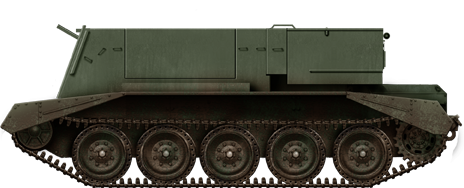
Author's illustration
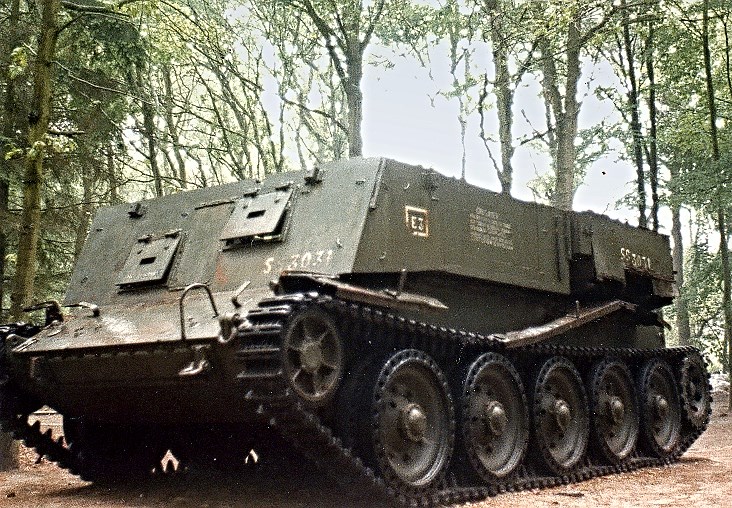
CC photo model
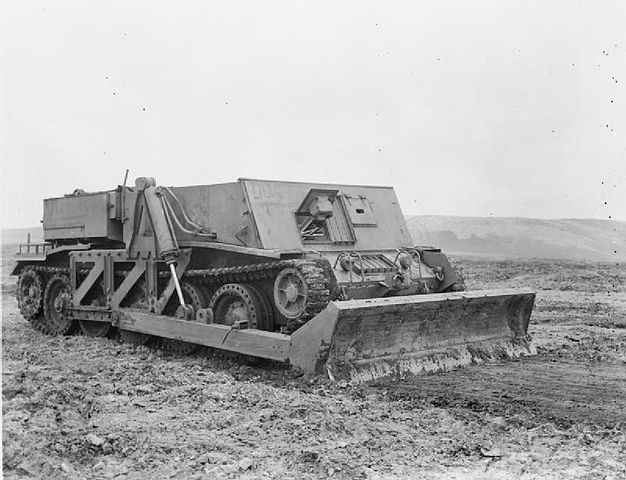
Crusader gun tractor withspade
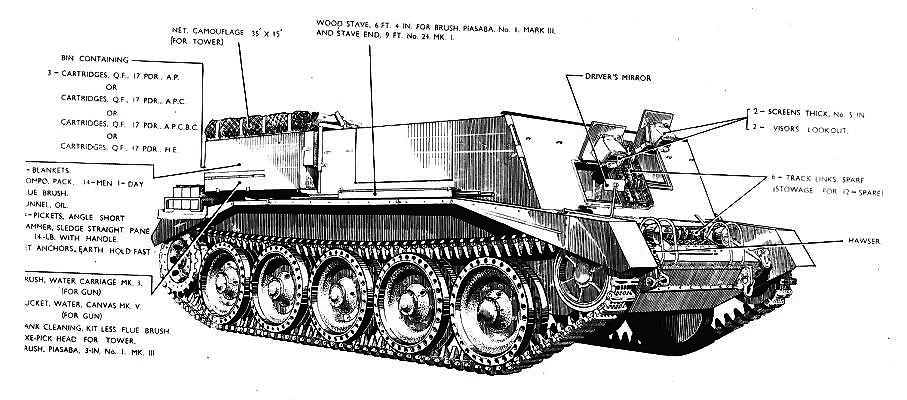
Tech Review, official documentation
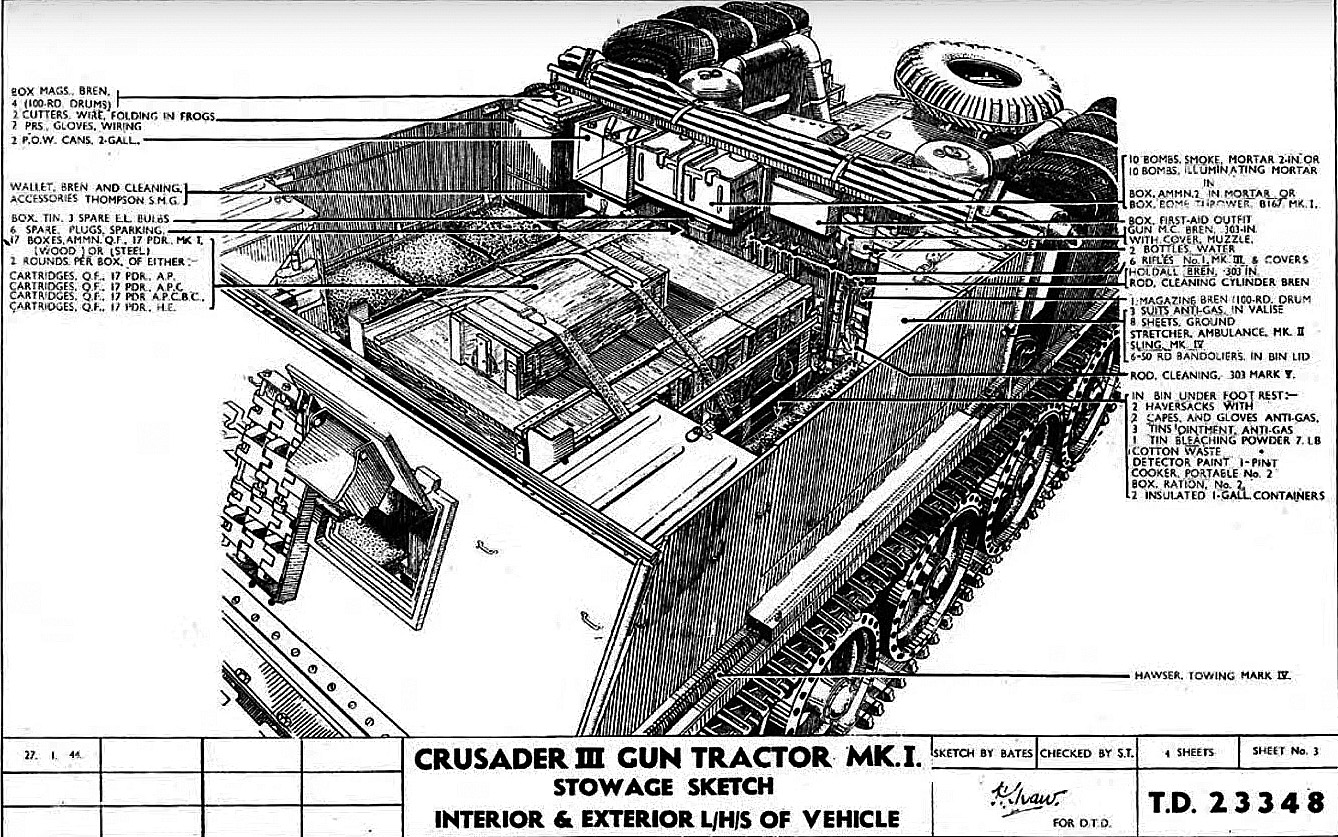
Mark III Gun Tractor stowage sketches

Mark III Gun Tractor stowage sketches




Read More
Crusader Gun Tractor A Technical History Paperback 26 January 2023 by P M Knightnevingtonwarmuseum.com
landmarkscout.com
stolly.org.uk
leicestermodellers.weebly.com
en.wikipedia.org/wiki/Crusader_tank
dday-overlord.com
tapatalk.com
small-tracks.org
Videos
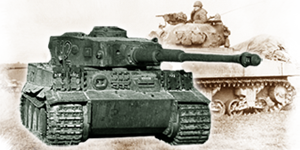
WW2 Tanks




























WW2 tanks posters
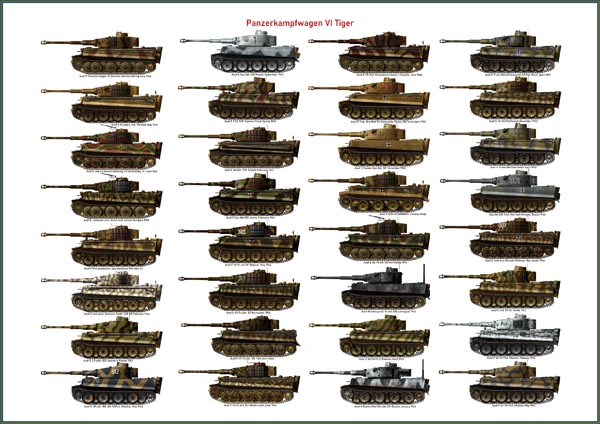
All Tiger tanks liveries.
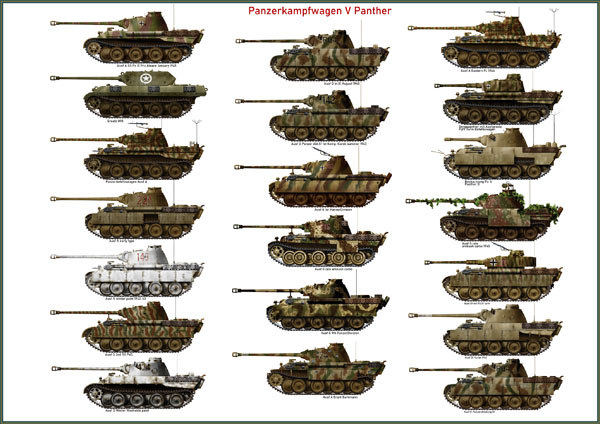
Panther liveries and variants
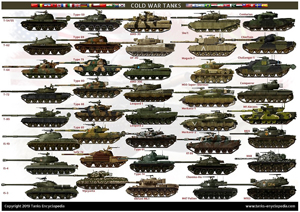
WW2 Armour - All tanks
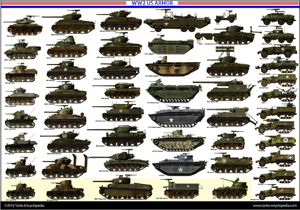










Tanks aces and single tanks series

Find more there
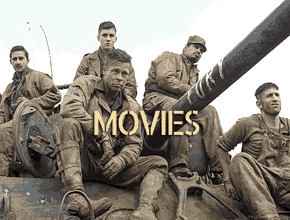
Museums, Movies, Books & Games
The Tanks and Armor in pop culture
Tanks and armored vehicles in general are only really grasped when seen first person: The mass, the scale, it's all there. Explore also the way tanks were covered in the movie industry, in books and in video games.Movies:
Best tanks movie on warhistoryonline.com
On imdb.com
On bestsimilar.com/
miltours.com
liveabout.com/
watchmojo.com
Video Games:
pcgamesn.com
historyhit.com
levvvel.com
vg247.com/best-tank-games
mmobomb.com/
alienwarearena.com
